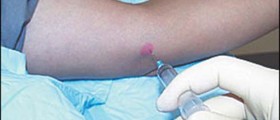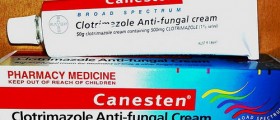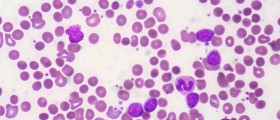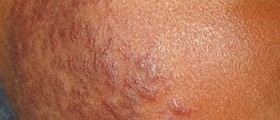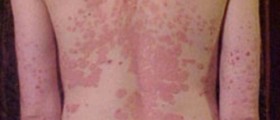Hydrocortisone creams and other topical steroids represented a major medical advance almost 60 years ago — patients suffering from chronic auto-immune conditions could suddenly find long-term relief. In some cases, they could even achieve complete remission of their symptoms.
The applications of hydrocortisone range from topical creams for rashes or other skin flare-ups, to oral hydrocortisone as a more systemic treatment for conditions like rheumatoid arthritis.
These medications are effective because corticosteroids suppress the immune system and minimizes a situation in which the body is essentially attacking itself.
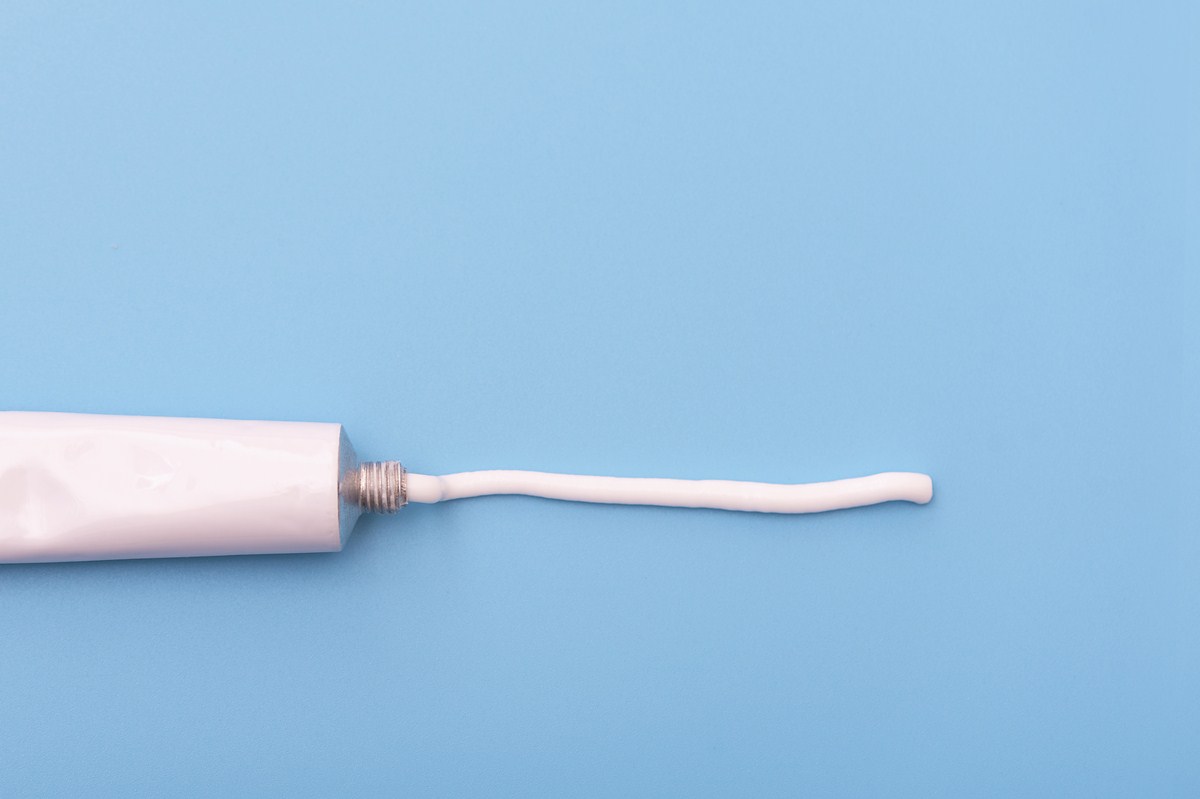
Unfortunately, even if the applications are widespread, side effects from corticosteroids are also very likely. Physicians have to be smart about prescribing them, so patients do not take corticosteroids on a long-term basis.
On the surface, topical steroid creams represent a much more friendly type of medication than systemic treatments. The side effects of topical steroid creams are milder, while systemic medications can lead to rapid weight gain, kidney failure, changes in hormone levels and can even predispose patients to earlier occurrences of osteoporosis after only a few months of treatment. Although topical steroids are much less detrimental, you should not underestimate their potential to wreak havoc on your body.
The possible side effects of topical steroids can be divided into two categories:
- Local side effects
- Systemic side effects
Risks that patients need to be aware of when they are prescribed topical corticosteroids are numerous.
Some of the most likely adverse reactions are:
- Skin atrophy (dead skin)
- Striae (stretch marks)
- Rosacea
- Perioral dermatitis
- Acne
- Purpura (discolored spots on the skin)
Hypertrichosis, pigment alteration, delayed wound healing and exacerbation of skin infections are less frequent.
These issues arise because steroids reduce the immune response. The skin is a layer of protection for outside infections and makes up one of the biggest components of the innate immune system. When you apply a topical cream to the tissue, immune responses will be lessened, giving opportunistic infections a chance to become problematic.
Patients can notice these side effects as soon as three days after starting steroids and one of the first signs will be skin atrophy. As you continue to apply topical steroids, the skin will naturally thin as the metabolic activity of the cell is muted. If usage is not discontinued, the tissue will eventually lose some of the blood supply and will become very fragile.
Not only are patients at risk of short-term complications, long-term risks are also very noteworthy when you are taking topical steroids.
These same side effects are possible when patients take oral doses of the medication even if they are just applied to just the skin. When patients chronically use steroids, they run the risk of down-regulating hormone production in their bodies and cause Cushing's disease, a condition where the body produces excessive sugars and salts and can lead to rapid weight gain. Other common side effects are osteoporosis, difficulty losing weight, and a predisposition to diabetes mellitus.
Because of these dangerous side effects, doctors recommend that patients only take steroids for as short a time as necessary to alleviate the symptoms and reduce the severity of the side effects. [1]
- Photo courtesy of SteadyHealth


